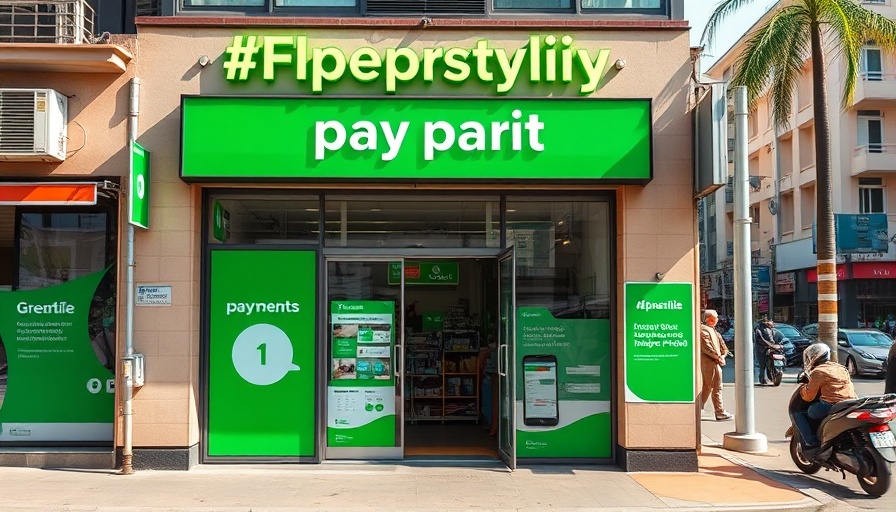
The Dawn of a New Payment Era in Kenya
Kenyans are on the brink of a transformation in the digital payments space, as Safaricom’s M-Pesa plans to integrate with Pesalink, a national interbank payment system. This collaboration, proposed jointly with the Kenya Bankers Association and submitted to the Central Bank of Kenya, aims to unify mobile wallets and conventional bank accounts, fostering efficiency for millions of users.
Bridging the Gap Between Mobile Money and Banks
The integration of M-Pesa into Pesalink is designed to streamline the remittance process, allowing for instant transactions between mobile wallets and banks. Currently, Pesalink facilitates immediate bank-to-bank transfers but excludes mobile financial services like M-Pesa. By joining forces, M-Pesa users will be able to send and receive money directly from any bank in Kenya without cumbersome agreements between banks and mobile operators. This creates a more inclusive financial landscape where mobile transactions coexist naturally with traditional banking systems.
Impact on Transaction Costs: A Win for Users
One of the most significant advantages anticipated from this integration is the reduction in transaction costs. Currently, sending money via M-Pesa incurs higher charges compared to Pesalink. With typical fees for M-Pesa transactions hovering around KES 100 (approximately USD $0.77) for KES 10,000, while Pesalink charges are expected to be significantly lower, the financial burden on everyday users could diminish drastically. This cost-saving feature is not only appealing to individual users but also represents a crucial benefit for small businesses that depend on affordable transaction solutions.
A Step Towards Financial Inclusion
The Central Bank of Kenya emphasizes its commitment to promoting financial inclusion, and integrating M-Pesa with Pesalink aligns perfectly with this goal. Recent studies indicate that a unified payment system can empower financially marginalized communities by providing them accessible financial tools. This integration could boost usage among small businesses and informal traders, allowing them to broaden their customer base and enhance their operations with seamless payment options.
Future Opportunities and Challenges
As the landscape for digital payments in Kenya evolves, there are opportunities for innovation as well as challenges that need addressing. Integration opens up doors for technological advances in user experience and security measures, fostering trust among users. However, ensuring robust security protocols is paramount, given the increasing rates of online fraud and cyber threats. A proactive approach to user education about financial safety measures will be critical in this new arrangement.
Conclusion: Embracing Change for a Better Tomorrow
The proposed integration between M-Pesa and Pesalink signifies a pivotal shift in Kenya's financial infrastructure, setting the stage for enhanced efficiency and inclusion. As we embark on this journey, it will be vital for both service providers and users to adapt to the evolving landscape while prioritizing security and accessibility. The future of payment systems in Kenya is bright, and its potential to reshape the financial realm could lead to transformative results across the nation.
 Add Row
Add Row  Add
Add 




Write A Comment